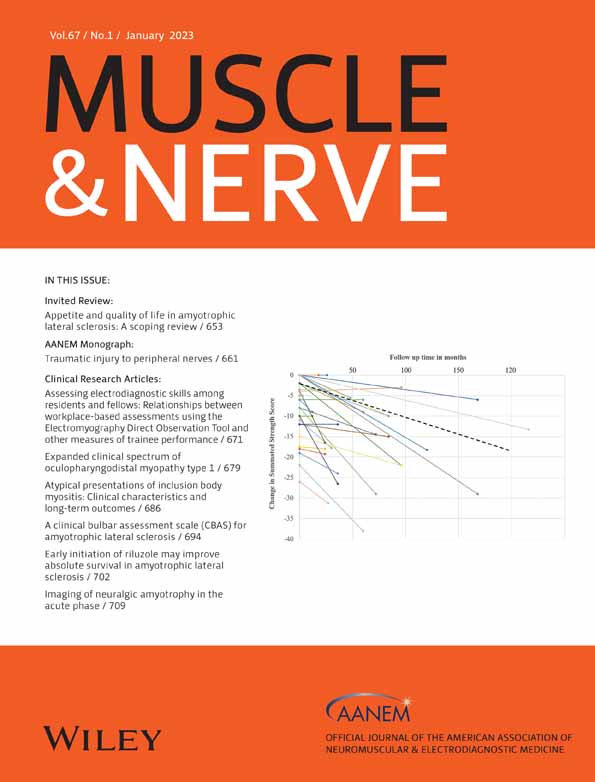The best and worst of times in therapy development for myasthenia gravis
Michael Benatar and Henry J. Kaminski contributed equally to this study.
Funding information: Rare Disease Network for Myasthenia Gravis (MGNet), Grant/Award Number: U54 NS115054; Myasthenia Gravis Foundation of America
Abstract
Within the last 5 years, the US Food and Drug Administration (FDA) has approved complement and neonatal Fc receptor (FcRN) inhibitors for treatment of generalized myasthenia gravis, and several other therapies are in late-stage clinical trials or under regulatory review. However, questions about which patients are most likely to benefit from which therapies, and the relative effectiveness of these very expensive drugs, has resulted in uncertainty around the place that they should occupy in the existing therapeutic armamentarium. MGNet (a Rare Diseases Clinical Research Consortium funded by the National Institute of Neurological Diseases and Stroke) held two meetings during the 14th International Conference of the Myasthenia Gravis Foundation of America to discuss the most critical needs for clinical trial readiness and biomarker development in the context of therapy development for myasthenia gravis. Herein we provide a summary of these discussions, but not a consensus opinion, and offer a series of recommendations to guide focused research in the most critical areas. We welcome ongoing discussion through comments on this work.
CONFLICT OF INTEREST
M.B. has consulted for Alexion, Immunovant, Takeda, UCB, Ad Scientam, and Sanofi. He receives research funding from Alexion and Immunovant. He has served as the site-principal investigator for MG trials sponsored by Alexion, UCB, and the National Institutes of Health. G.C. serves on the data and safety monitoring boards of AI Therapeutics, AMO Pharma, AstraZeneca, Avexis Pharmaceuticals, Biolinerx, Brainstorm Cell Therapeutics, Bristol-Myers Squibb/Celgene, CSL Behring, Galmed Pharmaceuticals, Green Valley Pharma, Horizon Pharmaceuticals, Immunic, Mapi Pharmaceuticals, Merck, Mitsubishi Tanabe Pharma Holdings, Opko Biologics, Prothena Biosciences, Novartis, Regeneron, Sanofi-Aventis, Reata Pharmaceuticals, the National Heart, Lung and Blood Institute (protocol review committee), the University of Texas Southwestern, the University of Pennsylvania, and Visioneering Technologies, and consulting or advisory boards for Alexion, Antisense Therapeutics, Biogen, Clinical Trial Solutions, Entelexo Biotherapeutics, Genzyme, Genentech, GW Pharmaceuticals, Immunic, Klein-Buendel, Merck/Serono, Novartis, Osmotica Pharmaceuticals, Perception Neurosciences, Protalix Biotherapeutics, Recursion/Cerexis Pharmaceuticals, Regeneron, Roche, and SAB Biotherapeutics. G.C. is employed by the University of Alabama at Birmingham and is president of Pythagoras, a private consulting company in Birmingham. H.J.K. is a consultant for Roche, Cabeletta Bio, and UCB Pharmaceuticals, and is CEO and CMO of ARC Biotechnology, based on US Patent 8961,98. He is principal investigator of the Rare Disease Network for Myasthenia Gravis (MGNet) National Institute of Neurological Disorders and Stroke, U54 NS115054, Targeted Therapy for Myasthenia Gravis, R41 NS110331 to ARC Biotechnology, and co-investigator for R43NS124329 MV2C2 antibody as a new therapeutic for myasthenia gravis to Mimivax.
Open Research
DATA AVAILABILITY STATEMENT
As a meeting summary, there is no data for sharing.




